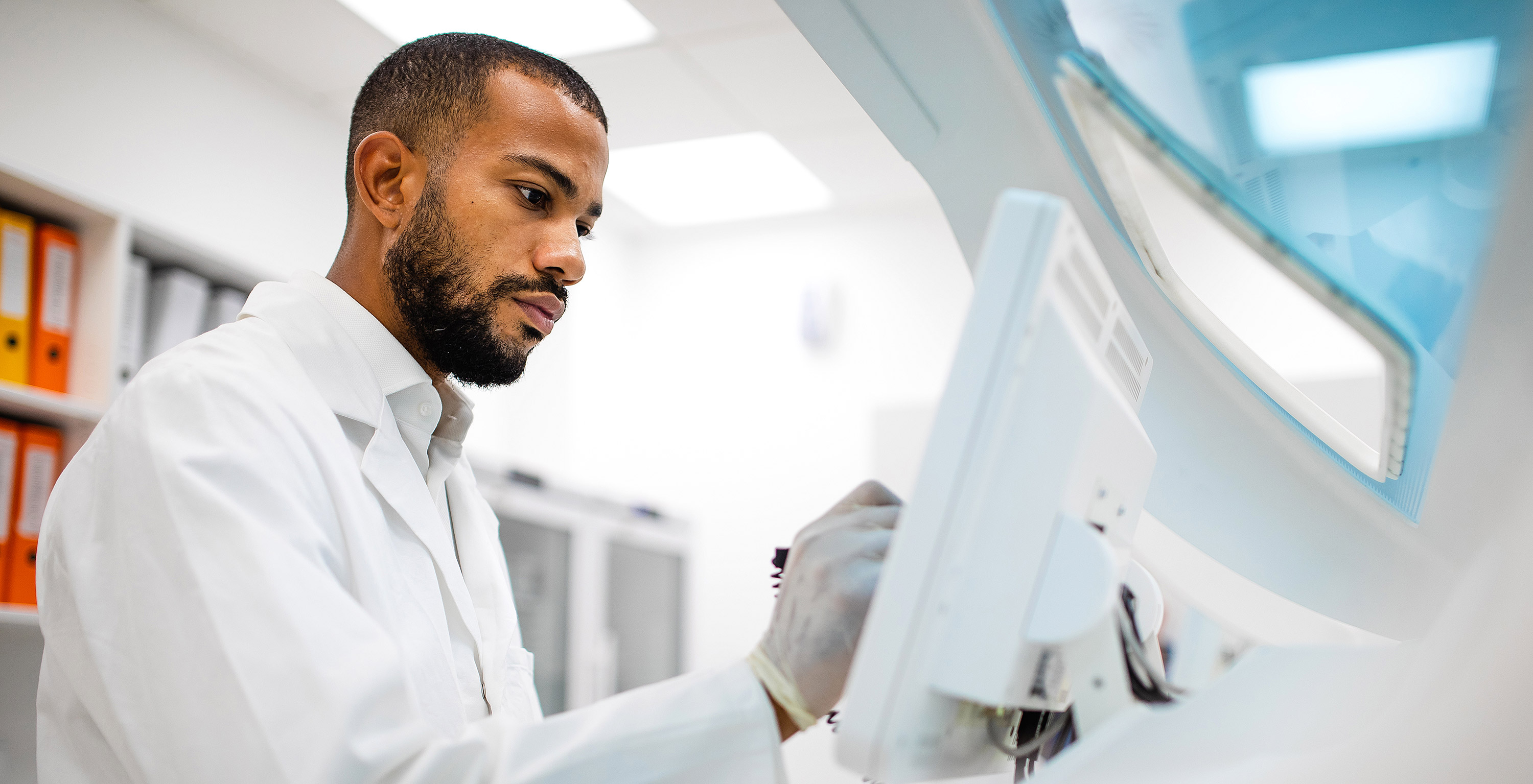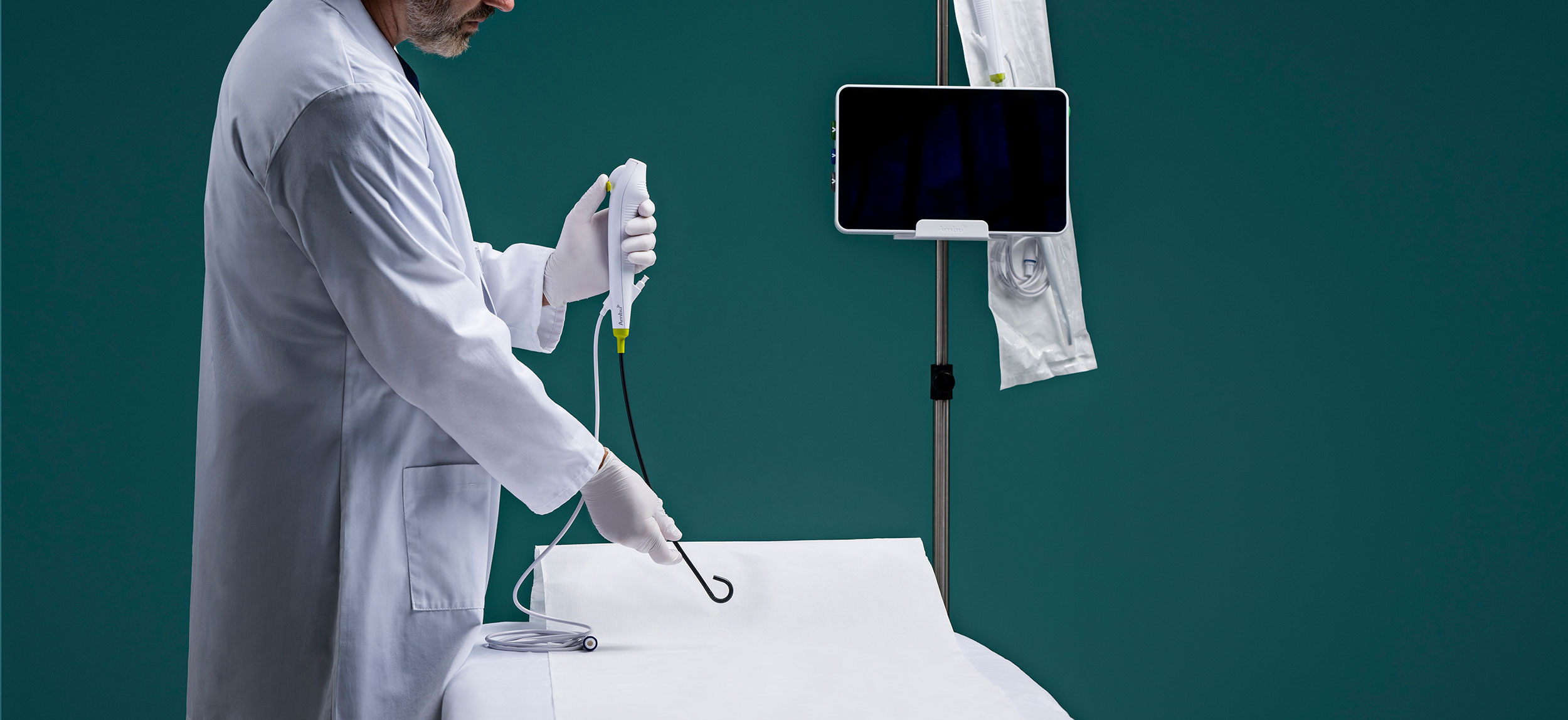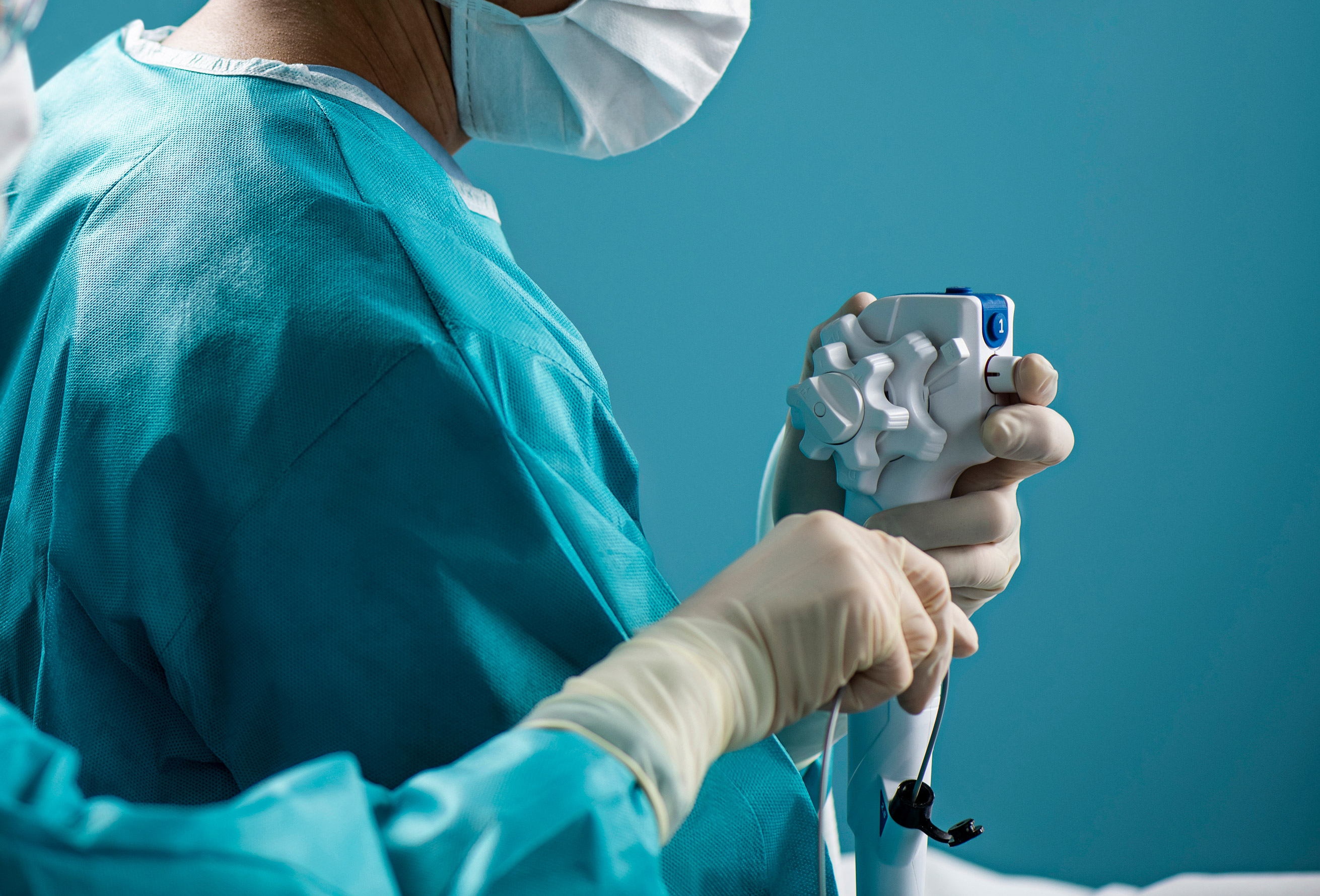
Recent updates to the AANSI/AAMI reprocessing guidelines classify flexible endoscopes — including duodenoscopes, bronchoscopes, ureteroscopes, cystoscopes, and others — as "high-risk," which requires sterilization rather than high-level disinfection.
The update also states cleaning verification tests shall be performed on these endoscopes every time they are reprocessed.
“This means it’s no longer optional to do biological tests to make sure your scopes are clean,” Cori Ofstead, an epidemiologist and the president and CEO of Ofstead & Associates, said during a recent webinar.
The webinar, “Cleaning verification tests for flexible endoscopes,” examines the various types of cleaning verification tests, how they are conducted, and discusses how to interpret the results.
While guidelines say to do cleaning verification tests, they offer little instruction how, according to the presenters. These important logical questions remain:
The presenters offer seven “critical insights,” including:


